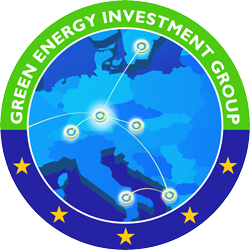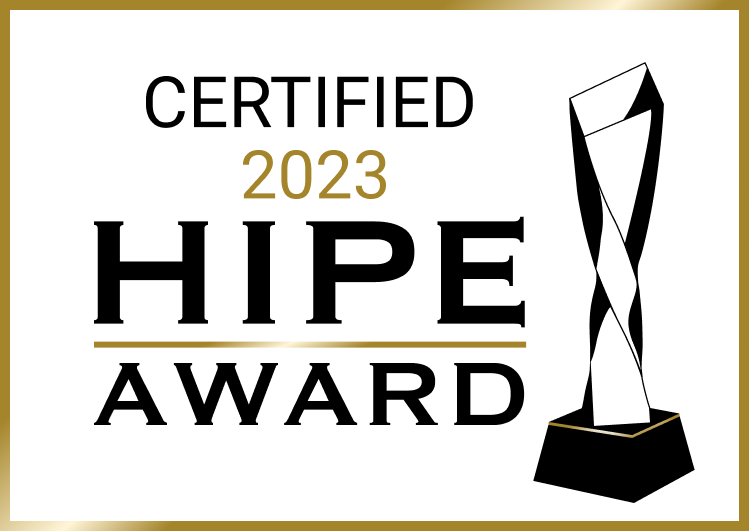The Green Balkans - A region at our doorstep.
The EU has developed a policy to support the gradual integration of the Western Balkan countries into the EU.
On 1 July 2013, Croatia was the first of the seven countries in the region to join. Albania, Bosnia and Herzegovina, Montenegro, North Macedonia and Serbia are official candidate countries. Accession negotiations are already underway with Montenegro and Serbia and negotiating chapters have been opened. Negotiations with Albania and North Macedonia also started in July 2022, and Kosovo submitted its application to join the EU in December 2022. 1
A financial package worth EUR 1.1 billion was approved for the Balkans' rapprochement with the EU and the associated restructuring and reforms.
Euro in EU grants (total of 3.2 billion euros) from the Instrument for Pre-Accession Assistance 2021-2027 (IPA III) were approved.²
One of the main funding objectives is the transition to clean energy (extract from the European Commission press release, 25 February 2022):
“The development of renewable energy sources through the construction of solar power plants and the Trans-Balkan Power Transmission Corridor, which are crucial for a successful transition to clean energy in the region and will contribute to the gradual phase-out of coal use.”
At the same time, during the Corona crisis, discussions emerged about nearshoring —shortening and fundamentally redesigning supply chains. The six countries of the Western Balkans have also come into focus in this context. The region is accessible within 24 hours and is essentially at the doorstep of the German and European economies.³
Furthermore, CO2 emissions relative to GDP in the Balkans are, on average, ten times higher than in the EU-27. This discrepancy is largely due to inefficient electricity consumption and high CO2 emissions from electricity generation. In local district heating systems in the Balkans, gas dominates at 70 percent, with coal also playing a significant role at around 20 percent.
In addition to the previously mentioned tasks and objectives, green hydrogen is a key energy goal for the EU. With an estimated budget of €40 billion from the EU Emissions Trading System for 2020-2030, the Innovation Fund represents the EU's largest financing program for deploying innovative net-zero technologies. The European Hydrogen Bank was established to support domestic hydrogen production within the EU and the import of renewable hydrogen from international partners. It aims to attract private investment in the EU and third countries by addressing initial investment challenges, closing the investment gap, and connecting future supplies of renewable hydrogen to consumers.4
1 https://www.europarl.europa.eu/factsheets/de/sheet/168/the-western-balkans
² https://www.gtai.de
3 https://germany.representation.ec.europa.eu/news/westbalkan-europaische-kommission-fordert-investitionen-mit-32-milliarden-euro-2022-02-25_de
4 https://germany.representation.ec.europa.eu/news/erste-auktion-der-europaischen-wasserstoffbank-800-mio-euro-fur-produktion-von-erneuerbarem-2023-11-23_de



